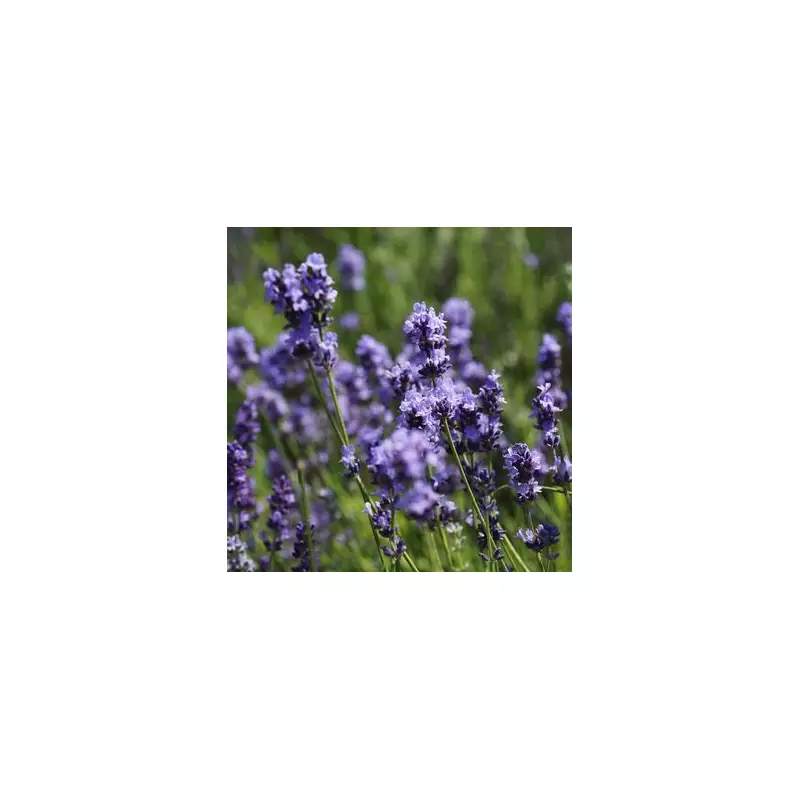
Every gardener dreams of lush, fragrant lavender bushes overflowing with vibrant purple flowers, but many struggle to achieve that picture-perfect display. According to a professional lavender grower, there's one simple technique that could revolutionise your lavender garden.
The Secret to Spectacular Lavender
Mark Trenear, an experienced lavender farmer, reveals that most gardeners are making a critical mistake with their lavender plants. "The more you cut lavender, the more it flowers and the healthier it grows," he explains. This counterintuitive approach actually encourages stronger, more productive plants.
Why Regular Cutting Works Wonders
Unlike many plants that prefer gentle pruning, lavender thrives on more aggressive cutting. Regular trimming prevents the plant from becoming woody and straggly, instead promoting fresh growth and abundant flowering. The plant responds by producing more stems and flowers in an effort to reproduce.
When to Cut Your Lavender
For optimal results, Mark recommends cutting your lavender at specific times:
- Spring pruning: Cut back hard in early spring to remove winter damage
- Post-flowering trim: Lightly shape after the first flowering
- Autumn preparation: Final light trim before winter sets in
Additional Lavender Care Tips
Beyond regular cutting, several other factors contribute to healthy lavender:
Perfect Growing Conditions
Lavender demands well-drained soil and plenty of sunlight. "They don't like to have wet feet," Mark emphasises, highlighting the importance of avoiding waterlogged conditions that can quickly kill plants.
Feeding for Success
While lavender isn't a heavy feeder, occasional feeding with a balanced fertiliser can boost growth. However, avoid high-nitrogen fertilisers that promote leafy growth at the expense of flowers.
Common Lavender Mistakes to Avoid
- Overwatering: This is the fastest way to kill lavender plants
- Poor drainage: Ensure soil drains quickly after rainfall
- Insufficient sunlight: Lavender needs at least 6 hours of direct sun daily
- Neglecting to cut: Regular cutting is essential for plant health
By implementing these simple techniques, even novice gardeners can transform their lavender from struggling specimens into the envy of the neighbourhood. The secret lies in understanding that sometimes, cutting back is actually the way to move forward.





